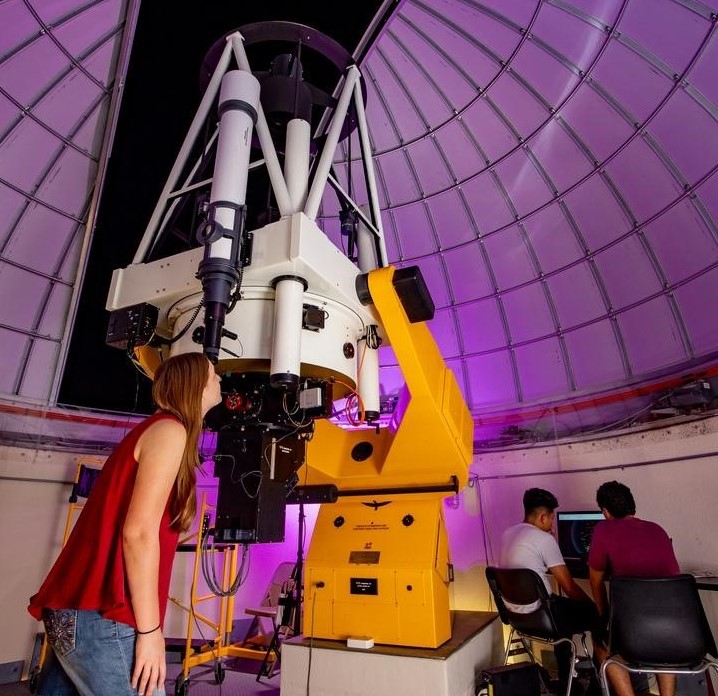Document Type
Article
Publication Title
The Astrophysical Journal
Abstract
We examine the Kepler light curves of V1504 Cyg and V344 Lyr, encompassing ~736 days at one-minute cadence. During this span each system exhibited ~64–65 outbursts, including 6 superoutbursts. We find that, in both systems, the normal outbursts lying between two superoutbursts increase in duration over time by a factor ~1.2–1.9, and then reset to a small value after the following superoutburst. In both systems the trend of quiescent intervals between normal outbursts is to increase to a local maximum about halfway through the supercycle—the interval from one superoutburst to the next—and then to decrease back to a small value by the time of the next superoutburst. This is inconsistent with Osaki's thermal-tidal model, which predicts a monotonic increase in the quiescent intervals between normal outbursts during a supercycle. Also, most of the normal outbursts have an asymmetric, fast-rise/slower-decline shape, which would be consistent with outbursts triggered at large radii. The exponential rate of decay of the plateau phase of the superoutbursts is 8 days mag−1 for V1504 Cyg and 12 days mag−1 for V344 Lyr. This timescale gives a direct measure of the viscous timescale in the outer accretion disk given the expectation that the entire disk is in the hot, viscous state during superoutburst. The resulting constraint on the Shakura–Sunyaev parameter, αhot sime 0.1, is consistent with the value inferred from the fast dwarf nova decays. By looking at the slow decay rate for superoutbursts, which occur in systems below the period gap, in combination with the slow decay rate in one long outburst above the period gap (in U Gem), we infer a steep dependence of the decay rate on orbital period for long outbursts. We argue that this relation implies a steep dependence of αcold on orbital period, which may be consistent with recent findings of Patterson, and is consistent with tidal torquing as being the dominant angular momentum transport mechanism in quiescent disks in interacting binary systems.
DOI
10.1088/0004-637X/747/2/117
Publication Date
3-10-2012
Recommended Citation
Cannizzo, John K.; Smale, Alan P.; Wood, Matt A.; Still, Martin D.; and Howell, Steve B., "The Kepler Light Curves Of V1504 Cygni And V344 Lyrae: A Study Of The Outburst Properties" (2012). Aerospace, Physics, and Space Science Faculty Publications. 382.
https://repository.fit.edu/apss_faculty/382


